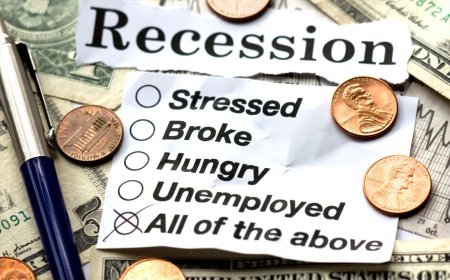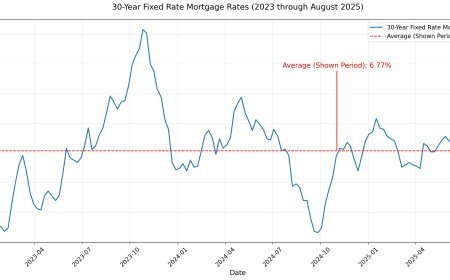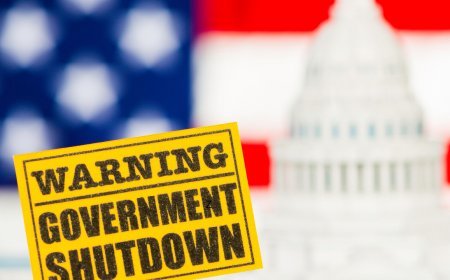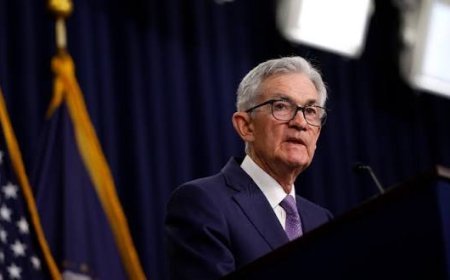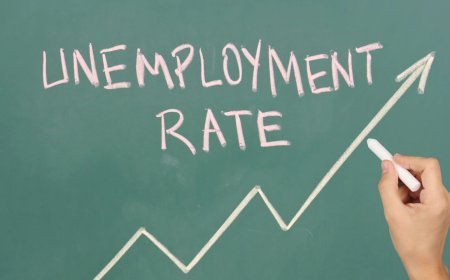Fed's September Surprise: Rate Cuts on the Horizon That Could Slash Your Mortgage Bills!
Dive into the details of the Federal Reserve's upcoming September 2025 FOMC meeting, where experts anticipate a potential interest rate cut. This piece breaks down the current economic signals driving the decision, explains how Fed actions influence mortgage rates and homeownership costs, and explores broader implications for borrowers, the housing market, and your wallet—all based on the latest forecasts and market insights.
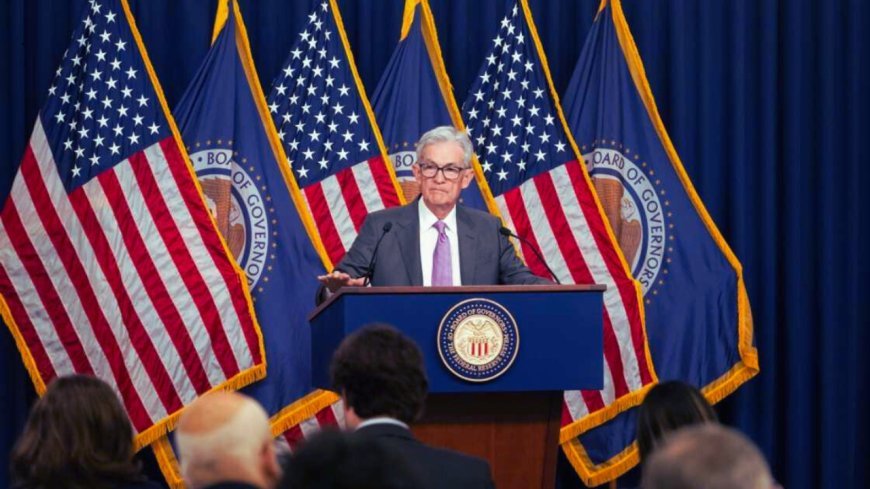
As the calendar flips to September 2025, all eyes are on the Federal Reserve's Federal Open Market Committee (FOMC) meeting scheduled for September 16-17. With the U.S. economy showing signs of cooling—think softening job growth and easing inflation—the Fed is poised to make a move that could ripple through financial markets, particularly for anyone eyeing a new home or refinancing an existing mortgage. But what exactly is on the table, and how might it affect your monthly payments? Let's unpack it.
A Quick Refresher on the Fed's Role
The Federal Reserve, America's central bank, sets the benchmark federal funds rate, which influences borrowing costs across the economy. Currently, that rate sits at 4.25% to 4.5%, a level it's held since the last adjustment. The Fed's mandate is twofold: keep inflation in check (aiming for around 2%) and promote maximum employment. Recent data, including July's weaker-than-expected Nonfarm Payrolls report, has fueled speculation that the labor market is cooling, prompting calls for rate relief.
In the minutes from the July 29-30 meeting, most participants agreed to maintain the current rate for now, but the stage is set for change. Fed Chair Jerome Powell has signaled that cuts could come if economic data continues to warrant them, emphasizing a careful approach to avoid reigniting inflation.
What's Expected at the September Meeting?
Market watchers are betting big on a rate cut this month. According to recent forecasts, there's a roughly 90% chance of a quarter-percentage-point reduction, bringing the federal funds rate down to 4% to 4.25%. This isn't a wild guess—it's backed by economic indicators like unemployment ticking up to around 4.4% or higher, which could trigger a more aggressive response. Even former Fed officials and economists are calling it a "close call," but the consensus leans toward easing to support growth amid global uncertainties.
Political pressures are in the mix too, with figures like President Donald Trump urging for deeper cuts—up to 3 percentage points—to juice the economy. However, the Fed remains independent, focusing on data rather than headlines. If inflation continues its downward trend and job numbers soften further, a cut seems all but inevitable.
How Does This Translate to Mortgages?
Here's where it gets personal: The Fed doesn't directly set mortgage rates, but its actions have a powerful indirect influence. Mortgage rates are more closely tied to the 10-year Treasury yield, which often moves in anticipation of Fed policy shifts. When the Fed cuts rates, it signals cheaper borrowing overall, which can push Treasury yields lower and, in turn, reduce the spread lenders add to offer competitive home loans.
For fixed-rate mortgages—like the popular 30-year option—this could mean rates dipping from current levels around 6-7% to something more affordable, potentially saving buyers hundreds per month on a typical loan. Adjustable-rate mortgages (ARMs) feel the impact even more directly; their rates reset periodically based on short-term benchmarks influenced by the federal funds rate, so a cut could lead to immediate payment relief.
That said, don't expect overnight miracles. Markets often price in Fed moves ahead of time, so some relief might already be baked into today's rates. Still, a confirmed cut could unlock more buyer activity, easing the sluggish housing market that's been hampered by high borrowing costs.
Broader Implications
A September rate cut wouldn't stop at home loans. It could boost stock markets by making corporate borrowing cheaper, encourage consumer spending, and even weaken the dollar slightly for exporters. On the flip side, if cuts come too aggressively, there's a risk of rekindling inflation—something the Fed is keen to avoid.
For prospective homebuyers or refinancers, this meeting is a potential game-changer. If you're in the market, locking in a rate now might hedge against surprises, but waiting could pay off if cuts materialize and deepen.
The September 16-17 FOMC meeting could mark the start of a new easing cycle, offering welcome relief to mortgage holders and the economy at large. While nothing's guaranteed until the announcement, the data points to action. Keep an eye on upcoming reports like August's jobs data—they'll be the final puzzle pieces. In the meantime, crunch your numbers: A lower rate environment might just make that dream home more attainable.
What's Your Reaction?
 Like
0
Like
0
 Dislike
0
Dislike
0
 Love
0
Love
0
 Funny
0
Funny
0
 Angry
0
Angry
0
 Sad
0
Sad
0
 Wow
0
Wow
0


